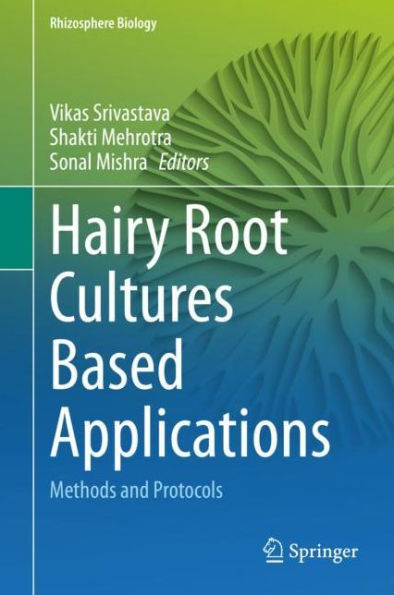5
1
9789811540547



Hairy Root Cultures Based Applications: Methods and Protocols available in Hardcover, eBook

Hairy Root Cultures Based Applications: Methods and Protocols
- ISBN-10:
- 9811540543
- ISBN-13:
- 9789811540547
- Pub. Date:
- 06/28/2020
- Publisher:
- Springer Nature Singapore
- ISBN-10:
- 9811540543
- ISBN-13:
- 9789811540547
- Pub. Date:
- 06/28/2020
- Publisher:
- Springer Nature Singapore

Hairy Root Cultures Based Applications: Methods and Protocols
$109.99
Current price is , Original price is $109.99. You
109.99
In Stock

Product Details
| ISBN-13: | 9789811540547 |
|---|---|
| Publisher: | Springer Nature Singapore |
| Publication date: | 06/28/2020 |
| Series: | Rhizosphere Biology |
| Edition description: | 1st ed. 2020 |
| Pages: | 237 |
| Product dimensions: | 6.10(w) x 9.25(h) x (d) |
About the Author
From the B&N Reads Blog
